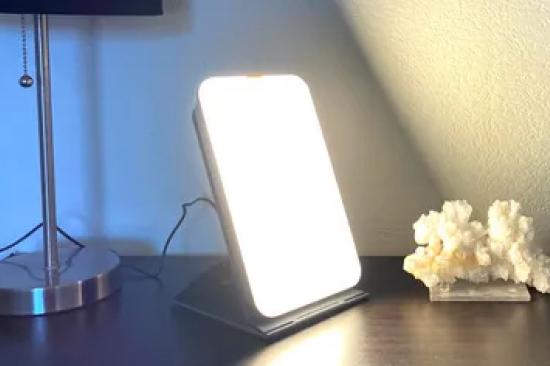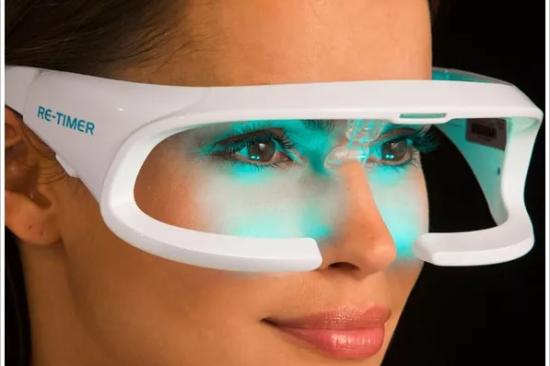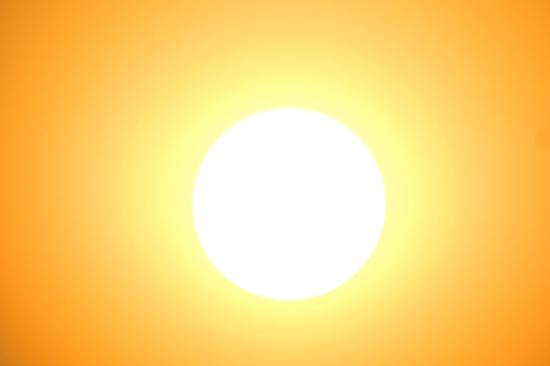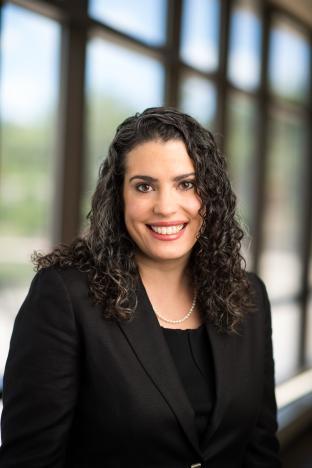- Low mood
- Loss of interest or pleasure
- Feelings of guilt, worthlessness, or hopelessness
- Low energy
- Mood symptoms reliably occur during specific seasons (typically fall/winter), with remission in between
A Subtype of Depression
Common Symptoms
Atypical Symptoms
- Increased need for sleep
- Carbohydrate cravings (increased appetite and weight gain)
Impacts up to 2.4% of the general population, but up to 20% of those with major depressive disorder
Causes of SAD
Not well-established, but may include:
- Disruption in light-signaling pathways—reduced serotonin activity with shorter day length
- Sleep-circadian rhythm dysregulation—delay in body clock relative to sleep
- Genetics—family history is a risk factor
Treatment Options
Treatment
- Light Therapy—also an effective treatment for non-seasonal depression
- Cognitive—behavioral therapy (CBT)
- Medications (SSRIs, specifically fluoxetine and sertraline)
Evidense Rating
- A
- A
- B
Light Therapy
Light as an Antidepressant
- Increases mood-positive neurotransmitters
- Resynchronizes internal clock with the external clock
- Improves sleep
- Increases alertness
Light Therapy Devices



How to Use Light Therapy
- Wake up at the same time daily, so you can use light therapy at the same time daily (when you wake up).
- Aim for at least 30 minutes, but can adjust to 15-60 minutes
- Avoid using it later in the day, especially evening.

